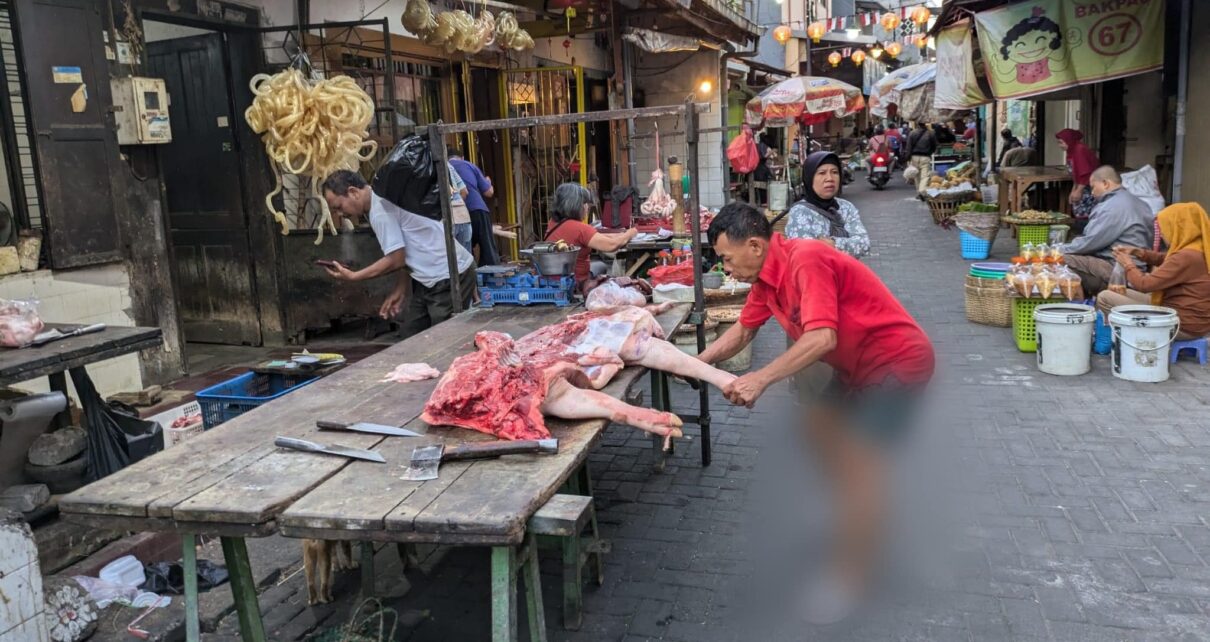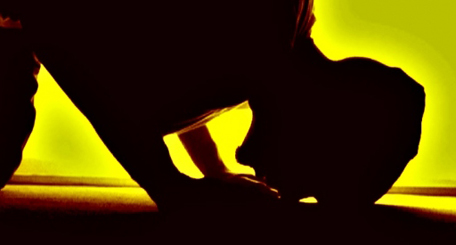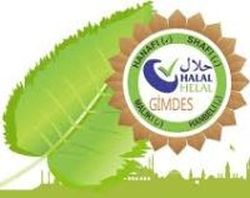“Allah has only forbidden you ˹to eat˺ carrion, blood, swine,1 and what is slaughtered in the name of any other than Allah.” (Surah Al-Baqarah – 173)
“Forbidden to you are carrion, blood, and swine; what is slaughtered in the name of any other than Allah; what is killed by strangling, beating, a fall, or by being gored to death; what is partly eaten by a predator unless you slaughter it; and what is sacrificed on altars. You are also forbidden to draw lots for decisions…” (Surah Al-Ma’idah – 3)
“Say, ˹O Prophet,˺ “I do not find in what has been revealed to me anything forbidden to eat except carrion, running blood, swine—which is impure—or a sinful offering in the name of any other than Allah…” (Surah Al-An’am – 145)
“He has only forbidden you ˹to eat˺ carrion, blood, swine,1 and what is slaughtered in the name of any other than Allah.” (Surah An-Nahl – 115)
It is a surprising fact that many Muslims are unaware that they are using a jacket or a shoe or a handbag or a waist belt made of pigskin, especially the ready-made foods that are in fancy packaging on the market shelves and that children consume every day, cosmetics and medicines that they take for treatment. We have observed on many occasions that the majority of our people are not aware of the things they eat, drink, wear and use, and what is worse, many of our people are not interested in them. For this reason, we see that they consume and use these things again and again. We imagine that impurity is raining down in many mosques, many centers and many holy places, homes and workplaces. How can the prayers of the people living in these places be accepted? Can you imagine that you could be one of those in this situation?
Where are the skin, hair, bones and internal organs of a pig used?
All the visible leather suede of shoes and the linings used inside them. Leather jackets, knee pads, elbow pads and waist belts, leather coats, leather trousers. Ladies’ and men’s bags and wallets, or their linings, leather armchairs and furniture may be made of pigskin.
In the food industry, pig hair is mostly used in bristle brushes in flour production facilities, in bakeries and homes in oil and egg brushes on baked goods, and in shaving brushes. Pig hair is found in many brushes used in cosmetics. Oil paint and whitewash brushes are made of pig hair.
In our foods and medicines, we encounter gelatin, L.cysteine, Heparin, blood plasma, blood thinning drugs, and various enzymes.
In cosmetics, pig fat can be used in beauty products such as hair, skin, soap, cream, lotion, lipstick.
Today, our relationship with pigs is unfortunately not limited to gelatin. From blood plasma to surgical materials and preparations, from vitamins to various drugs, pig liver, pancreas extracts, and hair, there is a substance from every pharmaceutical.
For example, Heparin is a drug that most patients definitely come into contact with. It is a drug used to prevent blood clotting in patients who have been in bed for a long time during injection procedures in surgeries. Heparin is either given directly to the blood vessel or injected under the skin. For example, insulin, which is indispensable for diabetics, can be made from the pancreas of pigs. L. cysteine obtained from pig hair can be used as a cough and expectorant used in lung diseases. Gelatin obtained from collagen of pig bones and skin is used as a thickener, adhesive, filler and capsule maker in many drugs.
Why is it used?
First of all, the majority of companies that produce and sell these products are non-Muslims. Since they took over world trade at the time, pork products can be used cheaply and easily in many countries due to the abundance of production, price and stock status. It is easier to market and sell it due to its low price. One of the most important reasons for its use is that pork production is mostly carried out in the countries that produce these products. Since the profit margins are relatively high, it is used in most products in a fast process.
How Will We Get Rid?
At this point, while Muslim societies should be the most sensitive societies, they struggle with identity issues in most countries. We hope that we have entered a period in which a conscious generation with state officials, thinkers, engineers, producers, sellers and consumers will emerge who will realize that this identity that has been presented to them for a century is fake.
Sharia has declared that the pig is haram and impure in itself (essentially and absolutely). Therefore, it is never permissible for us to use this product under normal conditions.
PRODUCTS MADE OF PIG SKIN
Do you use a leather product made of pigskin?
A few days ago, I bought a leather jacket made in China. While I was wearing this jacket, a friend of mine told me that it was made of pigskin. Now I want to know:
1. What should I do if some people say it is made of pigskin and there is no other way to find out whether it is true or not?
2. If it is actually made of pigskin, what is the ruling of the Sharia in this case?
It is a surprising fact that many Muslims are unaware that they are using a jacket or a shoe or a handbag or any leather product made of pigskin.
We have found on many occasions that the majority of our people do not have any knowledge about leather and leather goods. For this reason, we see that they use these leather goods again and again. We assume that impurities accumulate in many mosques, many centers and many holy places. How can the prayers of the people who come to these places be accepted? Can you imagine that you could be one of those in this situation?
What is a pigskin, how does it look, and where is it used? We will try to give some tips here to answer the questions.
Where is pigskin used?
Leather products are used intensively in many developed and underdeveloped countries.
Shoes and sneakers: All visible leather suede of shoes and the linings used inside them.
Jackets: Knee pads, elbow pads and waistbands and all leather jackets with or without sleeves.
Handbags, wallets.
Home and office furniture.
Why is it used?
Price and availability: Pigskin is cheap and easy to find in many countries. Since it is softer than cowhide, its workmanship is also easy. Due to its low cost, it is easier to market and sell. Since its profit margin is high, it is used in almost many products.
How can it be distinguished?
It mostly looks like suede. But it is thinner. There are spots on its surface. It has a pit or gap appearance that does not go deep. It contains an image as if it was pressed with a nail. It has this image only on one side. Generally, on the other side of the leather, it can be seen that the spots that have been formed have been crushed on the back. These spots may not be clearly visible on this surface. If you have obtained an image that is in line with this table, you should be convinced that the leather is pigskin.
If you are not sure, read the label of the product or question the seller.
If you have concluded that the product you purchased is made of pigskin after all this research and questioning;
Sharia has declared that pigs are haram and impure in and of themselves. Therefore, it is not permissible for you to use this product. Allah (swt) knows best.





